Viognier
The most extraordinary thing about the story of Viognier is how very nearly and how very recently it almost shrivelled to extinction. When I wrote Vines, Grapes & Wines in 1985 I was able to identify records of just 32ha (80 acres) of it planted in the entire world. As I wrote then, "quantitatively, the Viognier vine hardly deserves a mention in this book", yet I was audacious enough to include it among vine varieties I labelled "major" (as opposed to the "classic" ones, the ones we would today call "international").
In the mid 1980s almost all the officially planted Viognier in the world was planted in the Rhône Valley, most of it in the Condrieu appellation on the right bank of the northern Rhône. But the terraces there are so steep and difficult to maintain that these 23ha (57 acres) were all that remained of an officially allowed total for the appellation of 200ha (500 acres). By 2011, however, Condrieu plantings had risen to 160ha (400 acres) and the variety was known and often grown virtually throughout the world of wine - chiefly because of its extraordinary combination of perfume and body. Viognier could truly be said to be the hedonist's white grape variety, even if it is often the vintner's headache - and the drinker's headache too, come to that - for it has to be left on the vine for a very long time before its characteristic heady aroma fully develops.
This has variously been described as reminiscent of apricots, May blossom, honeysuckle, ripe peaches, musk. It is certainly distinctive, and is in the fruit and flower spectrum rather than the mineral or animal one. Some producers of inexpensive varietal Viognier seem to think that if they include a portion of Muscat with over-produced Viognier fruit, then this will suffice. They are wrong. Other cheap Viogniers, especially but not exclusively basic Pays d'Oc wines, have such strangely cosmetic aromas, more reminiscent of air freshener than anything that grows in the ground, that I have been tempted to think that an artificial flavouring has been used.
No, the best Viognier has this heady characteristic scent that one feels envelops the glass and drinker in a cloud, together with real density and extract and, ideally, a dry finish. I have yet to taste an impressive Viognier that was less than 13% alcohol - but I have tasted many that seemed top-heavy and too alcoholic.
There is much discussion about both the residual sugar level and the ageing potential of Viognier. Old hands in the village of Condrieu remember a time when it was routinely vinified sweet. Whether this was a matter of taste or because the musts were too rich to ferment to dryness, I know not. Personally, I find the alcohol of a good Viognier already confers a certain sweetness on the wine and that any more can be a bit much for my taste. I also find Viognier one of the finest grapes to develop early - by which I mean that I personally treasure its seductive primary aromas and have rarely been impressed by examples more than a few years old. The wines are generally relatively low in acidity which can seem more and more of a problem, to my palate at least, with age.
Condrieu has, fortunately, been experiencing a revival and injection of real winemaking ambition so that old names such as Vernay have been revived and relative newcomers such as Cuilleron, Gangloff, Niero and Villard have contributed to an overall raising of standards. Furthermore, attention and investment from such quality-conscious merchants as Guigal and Delas has resulted in some superb bottlings.
The only other all-Viognier appellation in the world is just south of Condrieu, the single property Château-Grillet, set in a potentially magnificent amphitheatre of vineyard. For years it seemed blithely unaffected by rising standards everywhere else but has now been taken in hand by the team that runs Bordeaux first growth Château Latour.
In marked contrast to the 1980s, Viognier is now planted widely all over southern France and pops up in hundreds of blended whites, often including other Rhône varieties Marsanne (which shares its puppy fat problem) and Roussanne (whose alluring bouquet can easily be submerged by that of Viognier). Other common fellow ingredients include Grenache Blanc (another full-bodied grape), Bourboulenc (nicely tart), Maccabeo and Vermentino, also known as Rolle.
The variety is now encountered as a particularly fragrant and usually full bodied varietal white wine all over the world. In Italy it was pioneered by Ascheri in Piemonte and d'Alessandro of Manzano in Toscana who, like others, has demonstrated how very well Viognier blends with Chardonnay - especially Chardonnay that is reasonably high in acidity. In Austria the leading Viognier exponent is Graf Hardegg of the Weinviertel, while Henri Cruchon leads the field in Switzerland. All over Europe growers are experimenting with this distinctive and intriguing variety.
In South Africa the first grower to be canny enough to clear Viognier through the strict quarantine enforced there was Charles Back of Fairview. Australia's Viognier pioneer par excellence has been Yalumba which now produces Viogniers at all levels of price and quality - some oaked (intense Viognier can certainly take sophisticated oak treatments). New Zealand has difficulty ripening Viognier to quite the fullness needed for aromatic expression but is working on it. Chile is now producing a clutch of reasonably convincing (and very well- priced) Viogniers, and the variety is already well established on the other side of the Andes in Mendoza.
Horton in Virginia has carved out a reputation for its Viognier but the place which has had perhaps the greatest success with varietal Viognier outside France is California. Ever since Joseph Phelps of Napa persisted with getting cuttings through the Davis virus treatment program in the mid 1980s, the variety has gone from strength to strength in the golden state, strength being the operative word. Many of these golden, heady wines are 14 or 15% alcohol but California's Rhône Rangers have all made some Viogniers of note. In Washington state, McCrea is the leading exponent.
But in the 21st century Viognier is increasingly found in red wines. Ambitious and experimental winemakers, particularly in Australia and California, have been copying the original recipe for the North Rhône red wine Côte Rôtie which was Syrah with a seasoning of Viognier. They claim that a small proportion, around 5% say, helps stabilise the wine's colour and deepen its texture. Clonakilla in Canberra District was Australia's pioneer of this technique which has been copied around the globe, even if it is by no means common in the Rhône today.
DNA analysis has shown a close relationship between Viognier and Syrah.
By Jancis Robinson
-
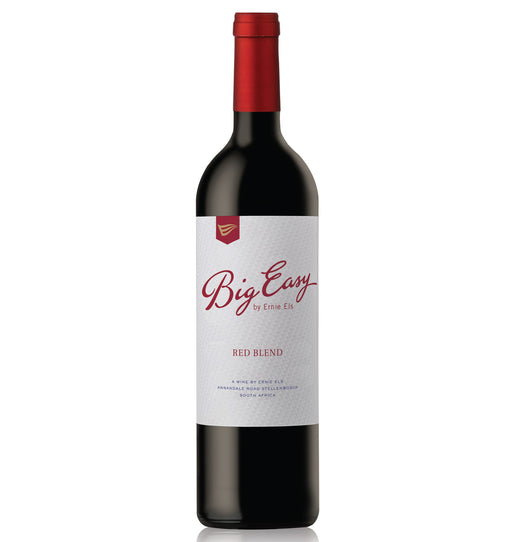 Sale
£21.57
Sale
£21.57Ernie Els Big Easy Red
Ernie ElsThe Ernie Els Big Easy Red offers a spicy, savoury richness; the Cabernet Sauvignon adds structure while dashes of Grenache, Mourvèdre and Cinsault...
View full details -
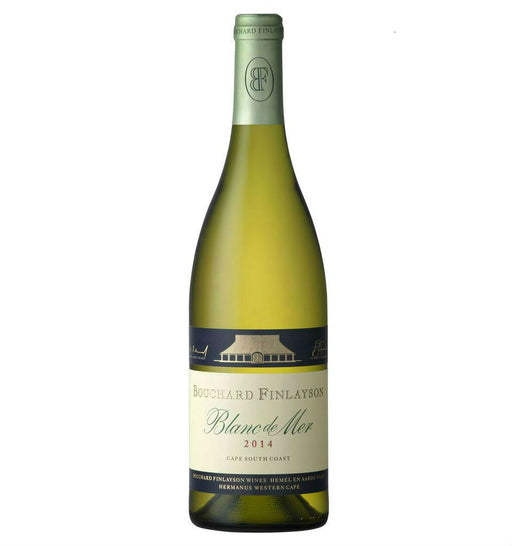 Sale
£14.56
Sale
£14.56Bouchard Finlayson Blanc De Mer
Bouchard FinlaysonBouchard Finlayson Blanc De Mer is a lip-smacking, cool climate blend that is the perfect partner to fish, shellfish and white meats. It has a frag...
View full details -
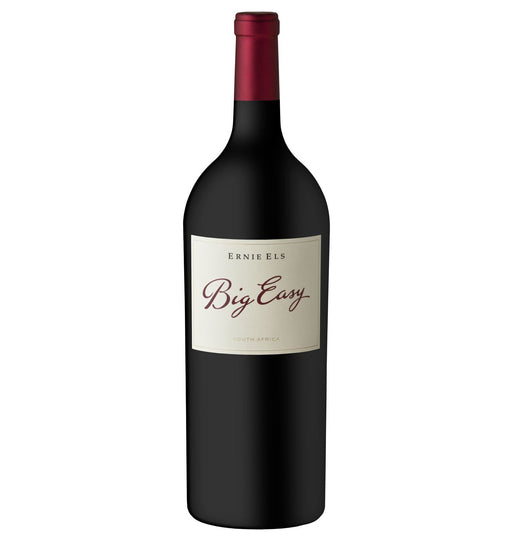 Sale
£41.05
Sale
£41.05Ernie Els Big Easy Red Magnum
Ernie ElsAs the name suggests the Ernie Els Big Easy Red is bold in flavour and yet easy in demeanor. Pure, ripe, purple and red fruits immediately leap out...
View full details -
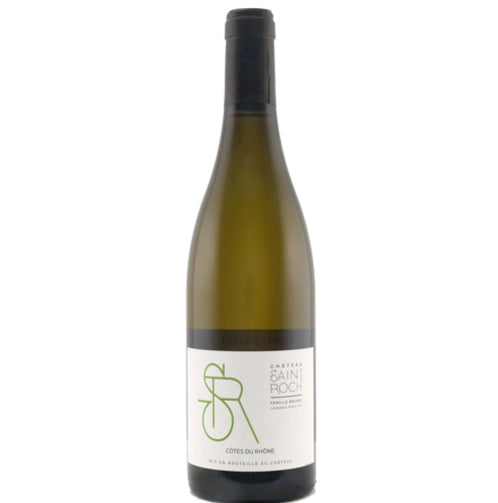 Sale
£14.24
Sale
£14.24Château Saint-Roch Côtes Du Rhône Blanc
Château Saint-RochChateau Saint-Roch Cotes Du Rhone Blanc has lemon and grapefruit citrus notes on the nose, plus white blossom. It is fresh and clean on the palate,...
View full details -
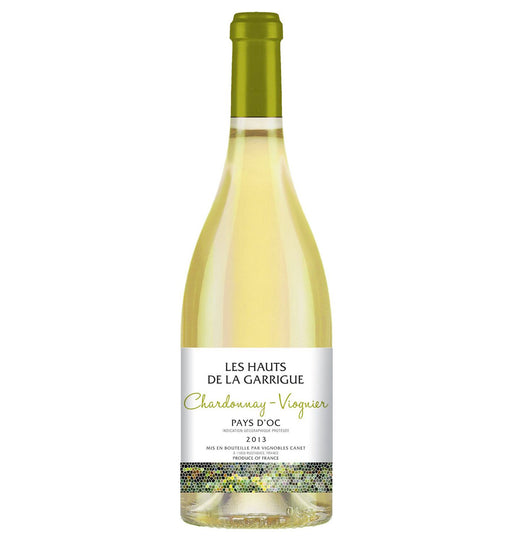 Sale
£11.10
Sale
£11.10Les Hauts De La Garrigue Chardonnay Viognier
Château CanetLes Hauts De La Garrigue Chardonnay Viognier offers apricot and subtle, zesty, lemon fruit aromas on its nose. The palate is pleasantly ripe with s...
View full details





